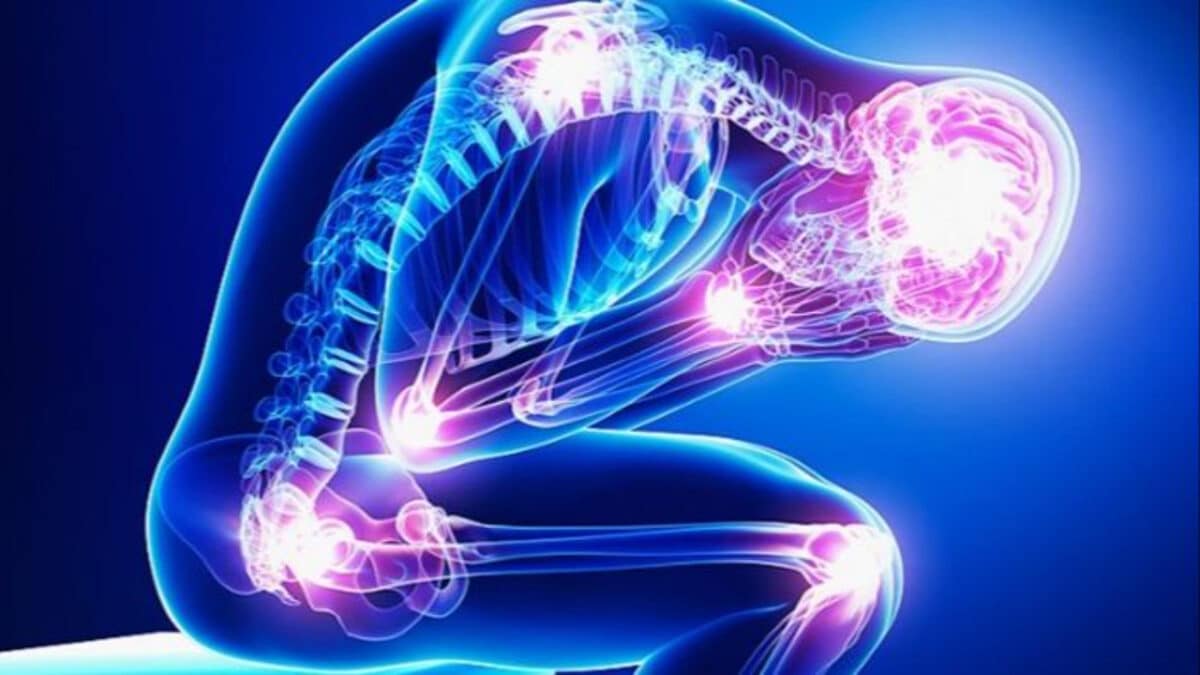In Mustafa v. Aviva General Insurance Company, 2022 CANLII 81523 (ONLAT), Mr. Mustafa was involved in an MVA on April 25, 2018 and developed psychological and physical impairments including pain.
Mr. Mustafa reported symptoms of headaches, neck, shoulder, and back pain, disturbance of sleep, and disturbance of physical activities. He also experienced psychological symptoms of worry, anxiety, anger, low energy, fatigue, sleep problems, difficulties with concentration, and memory problems.
Following assessments with his family physician, Mr. Mustafa attended an examination at Mediwise Healthcare Centre. This resulted in the OCF-18 for functional impairment assessment and physiotherapy.
Mr. Mustafa attended a functional impairment assessment with Dr. Nathanson, chiropractor, in June 2020 who diagnosed him with chronic pain.
The OCF-18s were denied and an IE was sent. The September 2020 IE assessor indicated that there was no evidence of musculoskeletal or neurologic impairment in this case.
Aviva submits that the OCF-18 issued by Mediwise Healthcare Centre is not reasonable and necessary due to the “lack of contemporaneous medical evidence.”
The insurer further submits that the applicant does not meet the test for a diagnosis of chronic pain as described in the American Medical Association (“AMA”) Guides.
Vice-Chair Brett Todd states that answering the chronic pain question is necessary to justify the OCF-18s. He agrees with the respondent that the examiner did not properly assess the applicant against the criteria required to provide a diagnosis of chronic pain.
To meet a diagnosis of chronic pain, an individual must meet at least three of the six criteria set out in the AMA Guides:
- Use of prescription drugs beyond the recommended duration and/or abuse of or dependence on prescription drugs or other substances;
- Excessive dependence on health care providers, spouse, or family;
Secondary physical deconditioning due to disuse and or fear-avoidance of physical activity due to pain;
- Withdrawal from social milieu, including work, recreation, or other social contacts;
- Failure to restore pre-injury function after a period of disability, such that the physical capacity is insufficient to pursue work, family, or recreational needs; and
- Development of psychosocial sequelae after the initial incident, including anxiety, fear-avoidance, depression, or non-organic illness behaviours.
In the subject case, there was no OT on file.
OT assessment and intervention could have helped the chiropractor or any physician to illustrate the impact of Mr. Mustafa’s pain on his function.
In the chronic pain assessment set by the AMA Guides, as listed above, criteria (II)- (VI) are asking about the client’s level of dependency on health care providers, spouse, or family with daily functions; development of physical deconditioning due to disuse and or fear-avoidance of physical activity due to pain; withdrawal from social milieu, including work, recreation, or other social contacts; failure to restore pre-injury function after a period of disability, such that the physical capacity is insufficient to pursue work, family, or recreational needs; and development of psychosocial sequelae after the initial incident, including anxiety, fear-avoidance, depression, or non-organic illness behaviours.
OTs are uniquely trained to evaluate the impact of pain on the client’s ability to engage in meaningful activities as per the domains listed above.
OT assessment and intervention reports are describing the extent of the pain symptoms on a client’s physical, cognitive, and psychosocial function and are identifying challenges in clients’ engagement of daily activities.
This would assist the chiropractor in Mr. Mustafa’s case to substantiate the diagnosis of chronic pain.
Here at GLA Rehab, our OTs are experienced in evaluating functional status and assessing changes in all these domains. Our OTs have the tools to address dependency on others, deconditioning, fear of movement, withdrawal from activities of daily living and the effect of the client’s mood on his/her function.
We are also skilled in conducting situational assessments, which help illuminate the relative impacts of various impairments on a client’s ability to engage in self-care, housekeeping, caregiving, driving, work and recreational activities.
If necessary, our OTs can also recommend referrals to other specialists, who can explore diagnosis and prognosis related to pain and emotional symptoms.
All this information is useful to assist physicians in reaching the diagnosis of chronic pain.
If you have a client who demonstrates changes in ability to manage daily function and is reporting changes in behaviour, it is imperative that an OT be part of the assessment and rehab team.
Please contact us. We would love to help.
Best wishes for a safe and productive Autumn season!
From all of us at GLA Rehab!
Sources:
Mustafa v Aviva General Insurance Company, 2022 CanLII 81523 (ON LAT), <https://canlii.ca/t/jrtcv>, retrieved on 2022-10-22
Rondinelli, R. D., Genovese, E., Katz, R. T., Mayer, T. G., Mueller, K. L.,
Ranavaya, M. I., & Brigham, C. R. (2022). Pain-Related Impairment. In AMA
Guides to the Evaluation of Permanent Impairment, Sixth Edition, 2022 (Vol. Sixth,
2022, pp. 0): American Medical Association.

